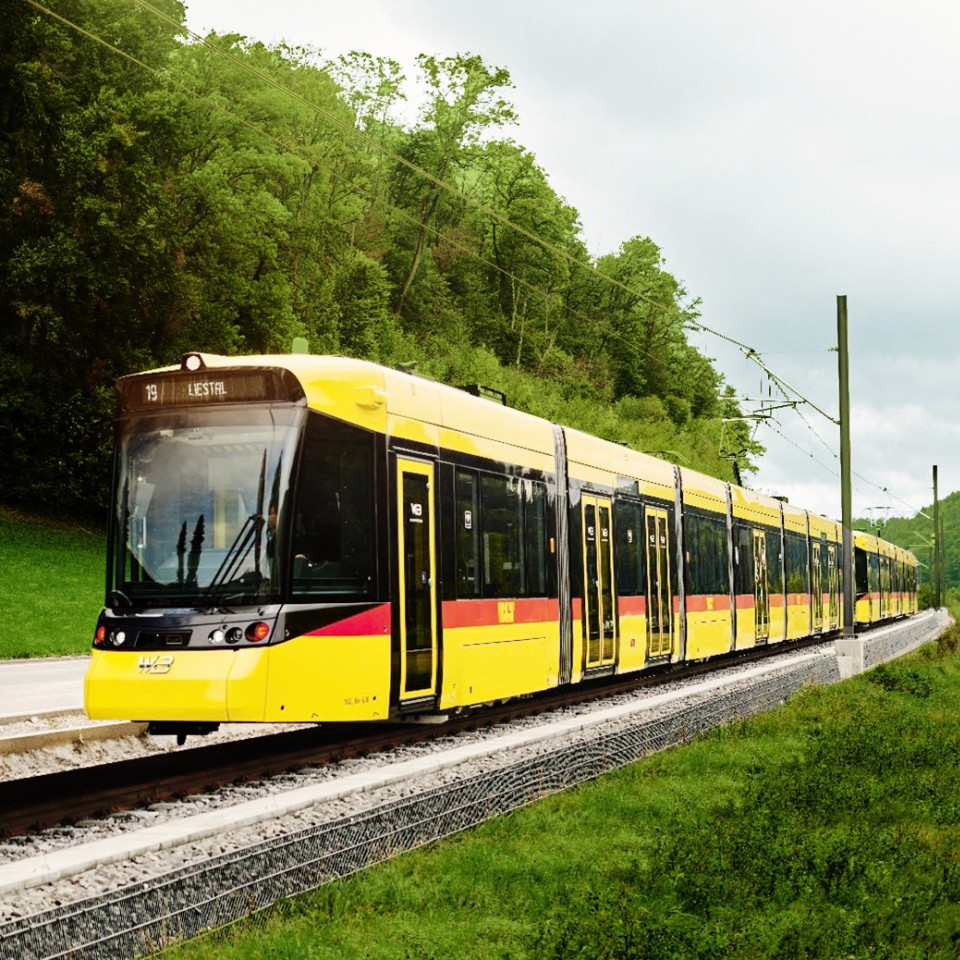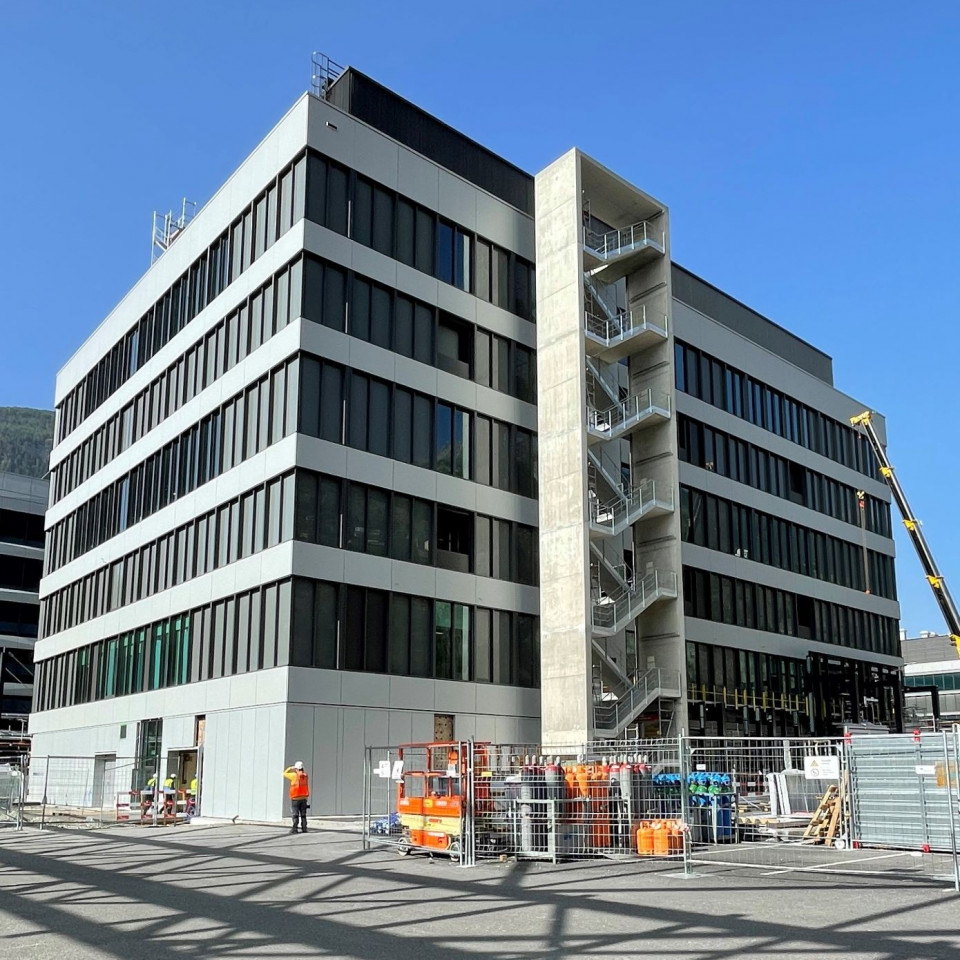Control Room Consolidation: Always Ready with OT-Suite by CTE
Our customer GETEC PARK.SWISS writes on its website: "To enable companies in the chemical and life sciences industry to focus more on their core business, they need service providers who can provide the full range of infrastructure services efficiently, economically and sustainably". As a specialist for industrial IT infrastructures, we at CTE were happy to comply with this requirement.

In order to survive as the industrial park of tomorrow, the multi-client site GETEC PARK.SWISS had to tackle a number of challenges within the IT infrastructure. The aim was to develop a modern control room based on the latest technologies.
The control room has the task of visualising and monitoring individual systems or entire production plants. The visualisations of the production systems are provided on virtual machines. These virtual machines run on a highly available virtualisation environment, which is distributed across four locations throughout the site. The information important to the operator can be displayed via the network using thin clients, thus offering maximum flexibility in terms of both location and type of display. CTE was entrusted with the task of networking the entire research center and adjacent buildings with regard to technical building automation. In addition, a highly available and scalable computing infrastructure was provided for the technical facilities.
Virtual, with high availability
In an industrial environment, reliability is an unavoidable risk that must be taken into account. Our concept for ensuring that requirements were met consisted of a 3-node HCI cluster, with the purpose of guaranteeing the high availability of the applications distributed across the entire site. A hyper-converged infrastructure solution (HCI) combined the advantages of several previously independent systems (server, storage) in one product. A management level also provided smart resource distribution (processor, memory, etc.) across the HCI nodes remotely located in the network.
In practice, this means that in an emergency, two HCI nodes take over the computing power of the third HCI node as well as ensure continuous load distribution. Switch stacks and several virtual networks, known as VLANs, ensure a secure and permanent network connection.
A separate backup & disaster recovery system backs up all data as well as the virtual machines and their configuration and takes over emergency operation in the event of a serious failure of the entire cluster. Using the backup software, entire HCI nodes can also be set up on a replacement system with just a few clicks. All systems required for this infrastructure are integrated into a monitoring system. This enables us to identify resource bottlenecks, system errors or device failures at an early stage, giving us greater scope for action. Supplying system operators will receive centralised remote access in the future. This will make it easier for GETEC PARK.SWISS to secure access to and track its own network.
Conclusion
The implementation of the project was a complete success. We were even able to overcome the difficulties in communication and coordination due to the COVID-19 situation. The project participants made use of modern communication and collaboration platforms and used shared documents for joint processing.
The planned project duration of six months was slightly exceeded, as the project could only be accelerated to a limited extent due to the temporary shortage of resources and chips. It is therefore generally advisable to evaluate such a project at an early stage. We will be happy to support you!


